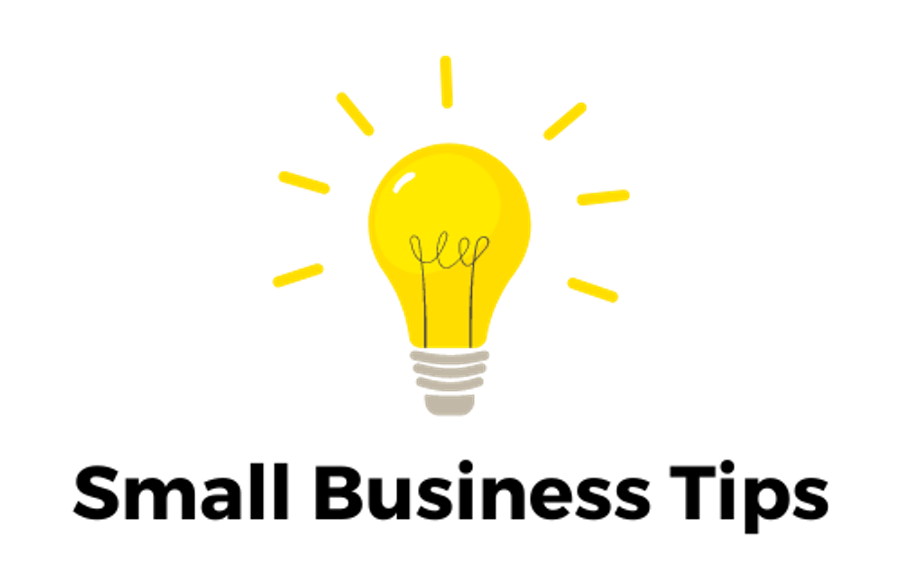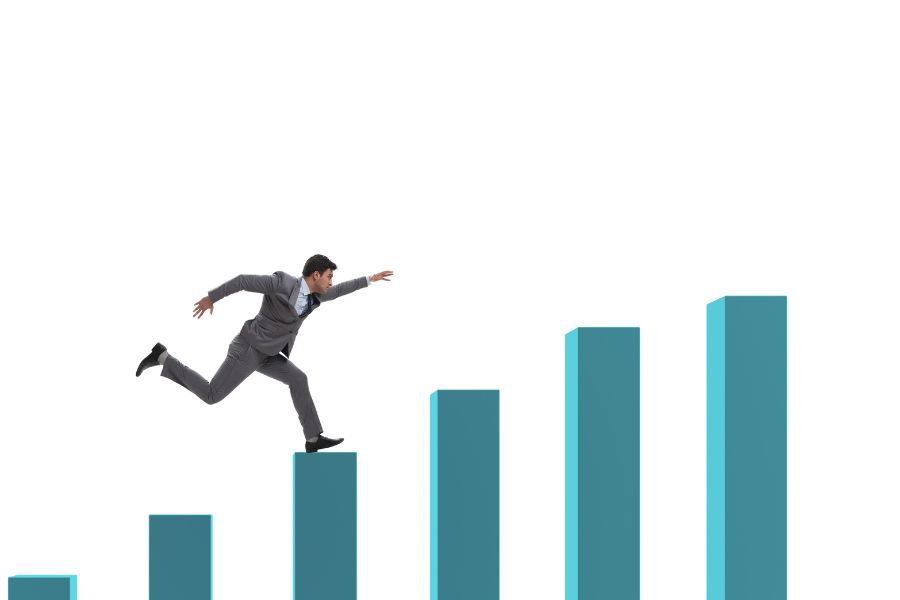Unraveling the Stages of Economic Growth Rostow: Your Key to Thriving Small Business Development
When it comes to American small businesses, growth isn’t an instantaneous phenomenon but a journey through various stages. Understanding these stages, especially in light of the influential “stages of economic growth Rostow” theory, can greatly facilitate this journey. By applying Rostow’s model to small businesses, we can identify the key phases, their challenges, and how to overcome them.
Unpacking the Rostow Model: Growth in Economies and Businesses
Walt Whitman Rostow, a notable economist, formulated the five stages of economic growth, a linear model which may also prove insightful for business growth. Although tailored for economies, the model’s key concepts could be related to small business evolution, offering valuable insights into understanding the growth process, identifying which phase your business is currently at, and strategically planning for the next stage.
Stage One: Traditional Society
Rostow’s first stage represents an economy heavily dependent on subsistence farming. When translated to small business, this mirrors the initial phase where businesses heavily rely on the efforts of the owner, with limited scale and scope.
In this phase, your business is characterized by having limited customers, lower sales volume, and constant vigilance to keep operations afloat. For example, consider your local neighborhood bakery, where the owner juggles multiple roles.
Overcoming this stage involves formalizing operations, improving efficiencies, and laying groundwork for future growth. Transitioning to the second stage requires investing in equipment, technologies, or expanding the workforce.
Stage Two: Preconditions for Take-Off
This stage for economies entails diversification and increased productivity. Translating to small businesses, it represents a time for strategic planning and infrastructure development.
In this phase, businesses often notice an increase in customers, and with it, the need for additional resources. Dropbox, a popular file hosting service, faced such a scenario in its early days. Recognizing this, they invested heavily in their infrastructure and marketing, preparing for a future scale-up.
To overcome this stage, businesses need to systematize processes, invest in talent acquisition, and strengthen their customer base. The objective is to prepare for rapid expansion – the next stage of growth.
Stage Three: Take-Off
The equivalent of industrialization in economies, the “take-off” stage in businesses represents rapid growth and expansion. Sales volumes increase, and the business starts to gain a reputation in the market.
The challenges of this phase include managing growth sustainably and dealing with increased competition. A notable example is Starbucks. After their take-off phase, they faced the challenge of overexpansion, leading to a decline in profitability. To overcome this, they closed underperforming stores and refocused on customer experience, effectively managing their rapid growth.
Stage Four: Drive to Maturity
Here, economies experience diversified economic growth. For businesses, it implies a steady, controlled expansion. Your business has a solid customer base, diversified product offerings, and efficient operations.
The main challenge here is complacency. The business may be tempted to ride on the past success without innovating. Apple, despite its success, continually innovates to maintain its market leadership. Overcoming this stage requires continuous innovation, market research, and customer relationship management.
Stage Five: Age of High Mass Consumption
The final stage of Rostow’s model symbolizes a shift towards consumer-oriented economies. For businesses, it means having a large customer base, high sales volumes, and a well-established market reputation.
The challenge here is maintaining market position amidst fierce competition and ever-changing customer preferences. Amazon, despite its colossal success, is continuously diversifying its offerings, investing in technology, and enhancing its customer service, maintaining its dominance in the online retail market.
In conclusion, each of the stages of the economic growth model by Rostow reflects the journey a small business takes from establishment to maturity. By recognizing which phase your business is in, you can effectively navigate the challenges and plan strategically for the next stage, ultimately steering your business towards enduring success.
- Sources:
- Rostow’s Stages of Growth. Economics Discussion: https://www.economicsdiscussion.net/economic-growth/stages/rostows-stages-of-economic-growth-economics/29992
- Learn The Growth Strategy That Helped Airbnb And Dropbox Build Billion-Dollar Businesses. Forbes: https://www.forbes.com/sites/sujanpatel/2015/02/25/learn-the-growth-strategy-thats-helped-airbnb-and-dropbox-build-billion-dollar-businesses/?sh=3667c1477918
- How Starbucks’ Growth Destroyed Brand Value. Harvard Business Review: https://hbr.org/2008/07/how-starbucks-growth-destroyed
Ready to delve deeper into small business success? Explore our comprehensive guide, “Navigating the American Small Business Landscape,” to unlock invaluable insights and strategies that complement your understanding of Rostow’s Stages of Economic Growth.





